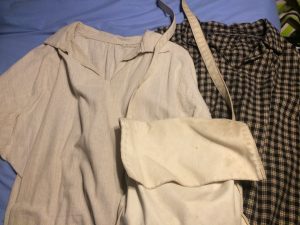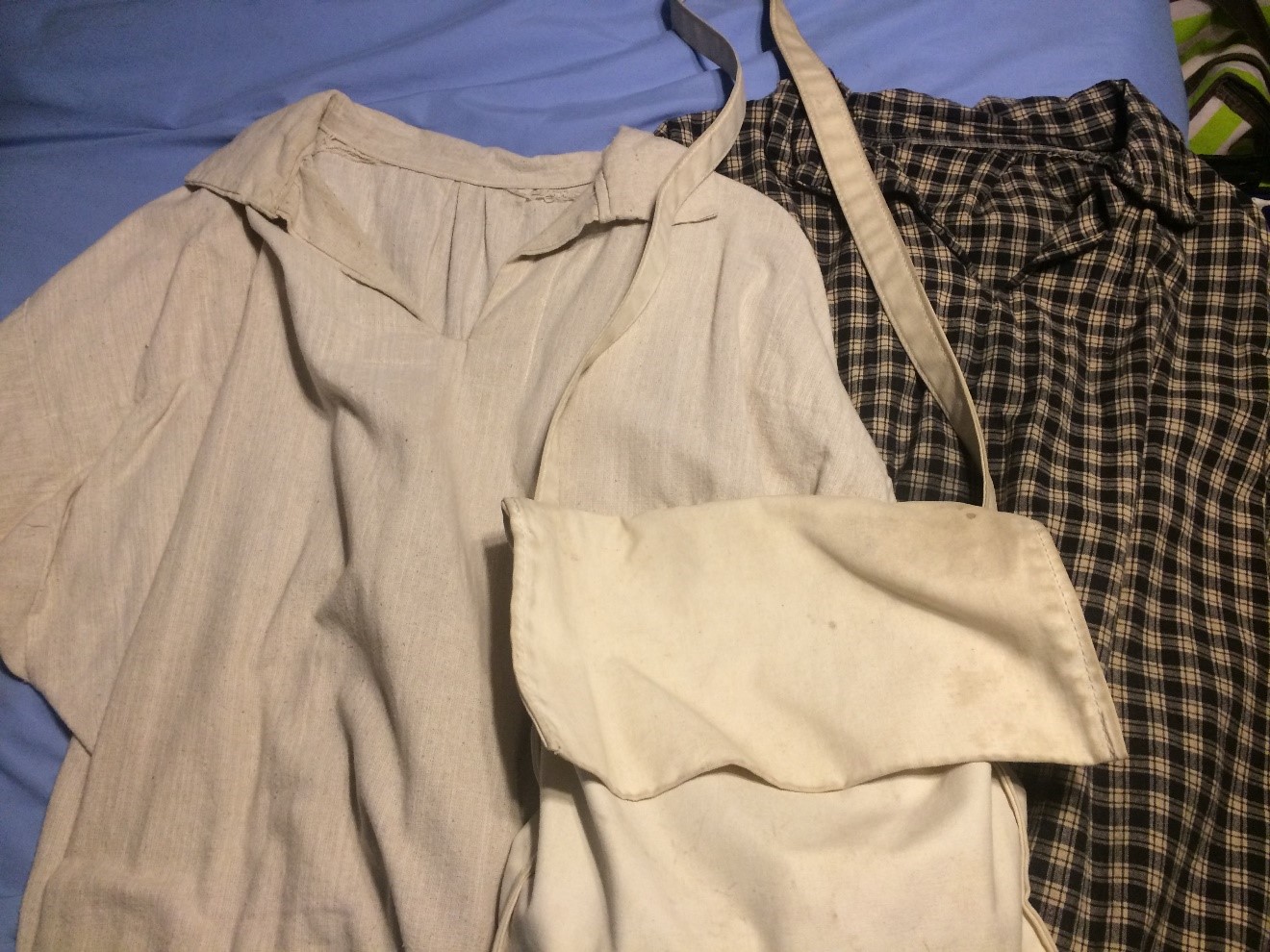Matthew Gray // AMH 4112.001 – The Atlantic World, 1400-1900

Imagine you wake up one day in colonial America, with no idea why you are there or how you got there. What is the first thing you need to do? Get some clothes so that you fit in and not draw people’s unwanted attention. You would not want to be mistaken for some sort of witch or warlock in this time period. So, how would you do it? Walk down to the local general store and buy yourself a pair of pants, a shirt and some shoes? Good luck finding them already made. You’re most likely going to have to make your own clothing or find someone to make them for you. In order to make your clothing, you will need to buy material such as linen from a store like Glassford and Henderson’s Colchester store in Virginia.[1]
Linen is a type of fabric woven from the plant fibers of flax. This plant is grown in wet climates and requires nutrient rich soil to grow. The plant produces a two to three foot stalk that is allowed to rot and then thrashed in order to obtain the long thin fibers used to spin into thread to make the clothing.[2] This process is very time consuming and requires a lot of skilled and unskilled labor to produce.[3] Fine linen is tightly woven and feels comfortable on a person’s skin, which costs more money than coarser linen that would itch and irritate the wearer.[4]
A factor in determining the price for linen was whether it was shipped to the colony or made in the colony. The price for linen would also be affected if it was imported from a country other than Britain, because Britain maintained a strict monopoly on manufactured trade in the colonies. In order for a foreign good to enter the system, it had to pay extra taxes directly to England on top of other fees in order to legally get the product into the American market.[5]

The price for linen at the Colchester store varied depending on the length sold, as well as the type. Linen was described as Princess, Russian, Irish, fine, red, white, as well as with no additional description. Its price varied from one shilling and one pence for only ¼ yard (with no additional descriptor) to 8 ½ yards sold for thirty-five shillings and three pence for fine linen.[6]

Linen could be considered a mainstay item in colonial times given its high number of purchases recorded in the Glassford & Henderson ledger and as most clothing was made from it.[7] A lot of people made their own clothing using it, as well as many other fabric-based items such as sails, bed sheets, tents, covers, jackets, haversacks and many other items. Linen would last for many years and wore well through a lot of hard usage.
[1] Alexander Henderson, et. al. Ledger 1760-1761, Colchester, Virginia folio 10-13 Debit/Credit, from the John Glassford and Company Records, Manuscript Division, Library of Congress, Washington, D.C., Microfilm Reel 58 (owned by the Mount Vernon Ladies’ Association).
[2] National Park Services. Historic Jamestown: Flax Production in the Seventeenth Century. https://www.nps.gov/jame/learn/historyculture/flax-production-in-the-seventeenth-century.htm (accessed November 9, 2016).
[3] Ibid.
[4] Ibid.
[5] Thomas Benjamin. The Atlantic World: Europeans, Africans, Indians, and their Shared History, 1400-1900. Cambridge: Cambridge University Press, 2009.
[6] Henderson, et. al. Folio 61 Debit, Folio 10 Credit.
[7] Richard Lyman Bushman “Markets and Composite Farms in Early America.” The William and Mary Quarterly, vol. 55, no. 3, 1998, pp. 351–374. www.jstor.org/stable/2674528; Henderson et.al.
